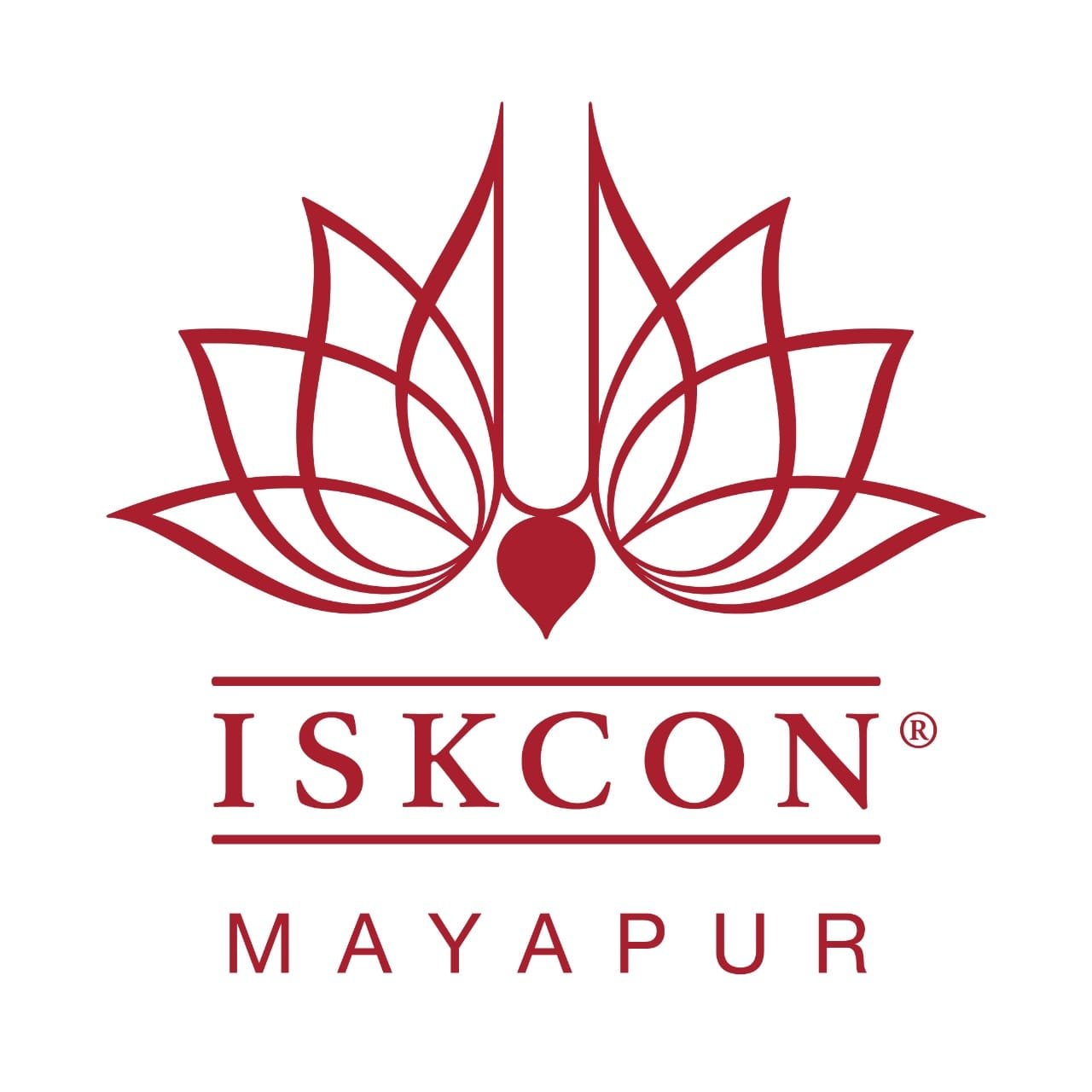
Srila Prabhupada: The Founder-Acarya of ISKCON
For millennia, the teachings and rich culture of bhakti-yoga, or Krishna Consciousness, were hidden within the borders of India. Today, millions around the globe express their gratitude to Srila Prabhupada for revealing the timeless wisdom of bhakti to the world
Born as Abhay Charan De on September 1, 1896, in Calcutta, as a young man he joined Mahatma Gandhi’s civil disobedience movement. In 1922, a meeting with the prominent scholar and spiritual leader, Srila Bhaktisiddhanta Sarasvati, proved to be most influential on young Abhay’s future calling.
Srila Bhaktisiddhanta was a leader in the Gaudiya Vaishnava community, a monotheistic tradition within the broader Hindu culture. At their very first meeting, Srila Bhaktisiddhanta asked Abhay to bring the teachings of Lord Krishna to the English-speaking world. Deeply moved by his devotion and wisdom, Abhay became a disciple of Srila Bhaktisiddhanta in 1933, and resolved to carry out his mentor’s request. Abhay, later known by the honorific A.C. Bhaktivedanta Swami Prabhupada, spent the next 32 years preparing for his journey west.
In 1965, at the age of sixty-nine, Srila Prabhupada begged a free passage and boarded a cargo ship, the Jaladhuta, to New York. The journey proved to be treacherous and he suffered two heart attacks aboard. After 35 days at sea, he first arrived at a lonely Brooklyn pier with just seven dollars in Indian rupees and a crate of his translations of sacred Sanskrit texts.
In New York, he faced great hardships and began his mission humbly by giving classes on the Bhagavad-gita in lofts on the Bowery and leading kirtan (traditional devotional chants) in Tompkins Square Park. His message of peace and goodwill resonated with many young people, some of whom came forward to become serious students of the Krishna-bhakti tradition. With the help of these students, Bhaktivedanta Swami rented a small storefront on New York’s Lower East Side to use as a temple.
In July of 1966, Bhaktivedanta Swami established the International Society for Krishna Consciousness (ISKCON) for the purpose he stated of “checking the imbalance of values in the world and working for real unity and peace”.
In the eleven years that followed, Srila Prabhupada circled the globe 14 times on lecture tours spreading the teachings of Lord Krishna. Men and women from all backgrounds and walks of life came forward to accept his message. With their help, Srila Prabhupada established temples, farm communities, a publishing house, and educational institutions around the world. And, he began what has now become the world’s largest vegetarian food relief program, Hare Krishna Food for Life.
With the desire to nourish the roots of Krishna consciousness in its home, Srila Prabhupada returned to India several times, where he sparked a revival in the Vaishnava tradition. In India, he opened dozens of temples, including large centers in the holy towns of Vrindavana and Mayapura.
Srila Prabhupada’s most significant contributions, perhaps, are his books. He authored over 70 volumes on the Krishna tradition, which are highly respected by scholars for their authority, depth, fidelity to the tradition, and clarity. Several of his works are used as textbooks in numerous college courses. His writings have been translated into 76 languages. His most prominent works include: Bhagavad-gita As It Is, the 30-volume Srimad-Bhagavatam, and the 17-volume Sri Caitanya-caritamrita.
A.C. Bhaktivedanta Swami Srila Prabhupada passed away on November 14, 1977, in the holy town of Vrindavana, surrounded by his loving disciples who carry on his mission today.
I offer my obeisances to all the dear devotees of Śrī Caitanya Mahāprabhu, the eternal tree of love of Godhead. I offer my respects to all the branches of the tree, the devotees of the Lord who distribute the fruit of love of Kṛṣṇa.
PURPORT
Śrī Kṛṣṇadāsa Kavirāja Gosvāmī sets the example of offering obeisances to all the preacher devotees of Lord Caitanya, without distinction as to higher and lower. Unfortunately, at present there are many foolish so-called devotees of Lord Caitanya who make such distinctions. For example, the title “Prabhupāda” is offered to a spiritual master, especially to a distinguished spiritual master such as Śrīla Rūpa Gosvāmī Prabhupāda, Śrīla Jīva Gosvāmī Prabhupāda or Śrīla Bhaktisiddhānta Sarasvatī Gosvāmī Prabhupāda. When our disciples similarly wanted to address their spiritual master as Prabhupāda, some foolish people became envious. Not considering the propaganda work of the Hare Kṛṣṇa movement, simply because these disciples addressed their spiritual master as Prabhupāda they became so envious that they formed a faction along with other such envious persons just to minimize the value of the Kṛṣṇa consciousness movement. To chastise such fools, Kṛṣṇadāsa Kavirāja Gosvāmī very frankly says, keha karibāre nāre jyeṣṭha-laghu-krama. Anyone who is a bona fide preacher of the cult of Śrī Caitanya Mahāprabhu must be respectful to the real devotees of Lord Caitanya; one should not be envious, considering one preacher to be very great and another to be very lowly. This is a material distinction and has no place on the platform of spiritual activities. Kṛṣṇadāsa Kavirāja Gosvāmī therefore offers equal respect to all the preachers of the cult of Śrī Caitanya Mahāprabhu, who are compared to the branches of the tree. ISKCON is one of these branches, and it should therefore be respected by all sincere devotees of Lord Caitanya Mahāprabhu.
(CC Adi 10.7)
